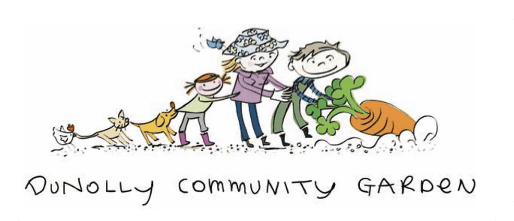Biodiversity refers to the variety of living species on Earth, including plants, animals, bacteria, and fungi.
Many species are being threatened with extinction due to human activities and climate change, putting the Earth’s magnificent biodiversity at risk.
Natural ecosystems play a crucial role in climate change mitigation by both storing large amounts of carbon in vegetation and soils, and sequestering carbon dioxide from the atmosphere. Hence protecting, restoring and better managing ecosystems on land and at sea – such as forests, grasslands, kelp beds and wetlands – is essential to avoid the release of ecosystem carbon stocks and ensure they act as sinks, rather than sources of carbon.
Biodiversity also plays a vital role in climate adaptation, by reducing the vulnerability and increasing the resilience of societies and ecosystems to environmental shocks caused by climate change. For example, nature helps to reduce exposure to the impacts of climate change (e.g. restoring and protecting our coastal ecosystems helps to defend against flooding) and through participatory approaches, actions working with nature can help to build the adaptive capacity of local communities.
Carbon sequestration is the process of capture and storage of carbon from the atmosphere in carbon sinks, such as forests, woody plants or soils.
Sustainable land and water management practices, such as regenerative farming and Djandak Wi, are key ways to encourage carbon sequestration.
Carbon sequestration mitigates climate change by reducing carbon (i.e carbon dioxide, CO2) in the atmosphere. Soil that is rich in carbon can also hold more moisture and nutrient in the ground, helping to make ecosystems more resilient in droughts and restoring natural water cycles to what they once were.
Renewable energy communities involve groups of citizens, social entrepreneurs, public authorities, and community organisations participating directly in the energy transition by jointly investing in, producing, selling, and distributing renewable energy.
Renewable energy communities can be regarded as a vehicle for increasing energy efficiency, contributing to the low-carbon energy transition as well as empowering energy consumers.
Regenerative agriculture focuses on improving the health of soil, which has been degraded by the use of heavy machinery, fertilisers and pesticides in intensive farming.
Regenerative farming methods include minimising the ploughing of land. This keeps CO2 in the soil, improves its water absorbency and leaves vital fungal communities in the earth undisturbed. Rotating crops to vary the types of crop planted improves biodiversity, while using animal manure and compost helps to return nutrients to the soil. Continuously grazing animals on the same piece of land can also degrade soil. So regenerative agriculture methods include moving grazing animals to different pastures.
When soil is healthy, it produces more food and nutrition, stores more carbon and increases biodiversity. Healthy soil supports other water, land and air environments and ecosystems through natural processes including water drainage and pollination. Regenerative agriculture and other farming methods that don’t harm the climate can improve farmers’ incomes, as well as cutting emissions and boosting soil health.
Renewable energy is energy that comes from naturally replenished resources, such as sunlight, wind, waves, and geothermal heat.
Because renewables don’t produce the greenhouse gases driving climate change, shifting away from fossil fuels to renewables to power our lives will put us on the path to a safe, sustainable planet for future generations.
Urban greening is the process of public landscaping to create and preserve green roofs, community gardens and parks, in order to combat heatwaves and floods in towns and cities.
Temperatures in cities are often several degrees higher than rural areas, due to the “urban heat island” effect, where the predominance of concrete and steel absorb and retain heat.
Plants can help cool cities through the water that evaporates from their leaves when exposed to the sun’s rays, and by shading surfaces that otherwise might have absorbed heat. Research has found that on a sunny day, a single healthy tree can have the cooling power of more than ten air-conditioning units.
Increasing green spaces and permeable surfaces in the built environment also allows more rainfall to be absorbed into the soil, mitigating flood risk. Further social and environmental benefits of urban greening include carbon storage, increased biodiversity and habitat, air filtration and mental health and well-being outcomes for communities.
Local businesses, industry, schools and community are invited to show their commitment to unified action on climate change by joining the local Climate Alliance.
Members will stay up to date with important sustainability news, events and grant opportunities, and will be connected to a network of local climate action enthusiasts and potential collaborators.




CENTRAL GOLDFIELDS CLIMATE ACTION © Copyright 2023 | Privacy Policy | Website by 61 Design
We will be in touch with more information